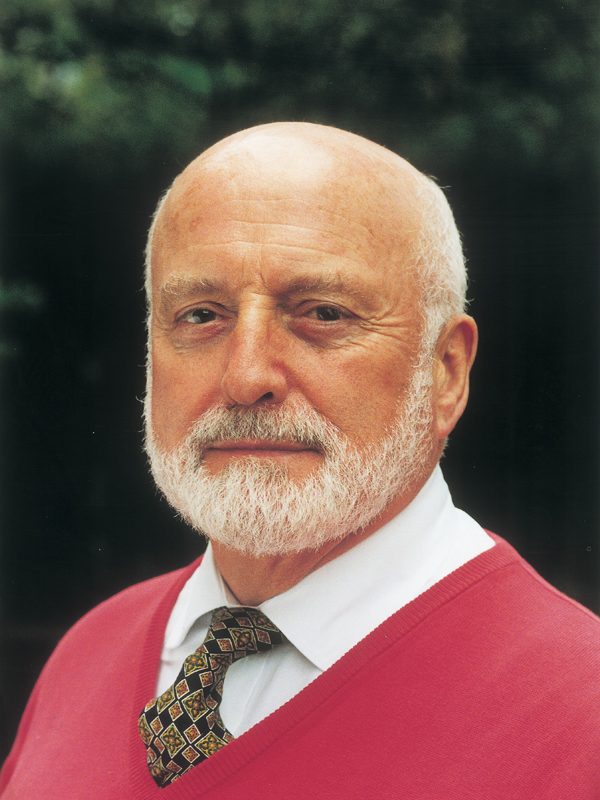
The History
of
Compton Verney
The early history of Compton Verney dates back to the late Saxon period, when a village called Compton was established along the Fosse Way. By 1086, as recorded in the Domesday Book, the village was divided into two manors, with the larger one held by the Count of Meulan.
Sometime before 1150, the manor was granted to Robert Murdak, and the village became known as Compton Murdak. This estate remained in the Murdak family for over 200 years until 1370, when it was surrendered to Alice Perrers, the mistress of Edward III.
In 1435, the estate was acquired by the Verney family, who began building a manor house there around 1442. By 1500, the estate became closely associated with the Verneys and was known as Compton Verney. The Verney family continued to expand and remodel the house over the centuries.
Major renovations took place in the 1710s-1730s under George Verney, the 12th Baron Willoughby de Broke, who commissioned a classical redesign by architect John Townesend. Further extensive remodelling was done in the 1760s under John Peyto Verney, the 14th Baron, who hired renowned architect Robert Adam.
The estate remained in the Verney family until 1921, when financial pressures forced the 19th Baron to sell it. It then passed through several owners, including businessman Joseph Watson and developer Christopher Buxton, before being purchased in 1993 by the Peter Moores Foundation.
The Peter Moores Foundation oversaw a £45 million restoration project to transform Compton Verney into an art gallery and visitor destination, which opened to the public in 2004. The estate’s historic buildings and Capability Brown-designed landscape have continued to be restored and maintained by the Compton Verney House Charity.
SIR PETER MOORES CBE DL
(9 April 1932 – 23 March 2016)
Compton Verney House Charity is indebted to the vision and generosity of the Peter Moores Foundation (1964-2014), which rescued the site in 1993 and not only funded the conversion of the derelict Georgian mansion into an art gallery, together with addition of a large modern exhibition and service wing, but also generously supported the gallery’s activities during its crucial early development. We are enormously grateful to the munificence of the Foundation, whose unstinting liberality constitutes one of the most outstanding philanthropic acts of the late twentieth century.
Sir Peter Moores was born in Lancashire and educated at Eton College and Christchurch, Oxford, where he studied Italian and German. He had a gap year at Glyndebourne working as a behind-the-scenes administrator and then studied at the Vienna Academy of Music.
In 1957 he joined his father’s business, Littlewoods, becoming Vice-Chairman in 1976, Chairman from 1977 – 1980 and remaining as a director until 1993. His public appointments include Governor of the BBC (1981 – 1983), Trustee of the Tate Gallery (1978 – 1985) and Director of Scottish Opera (1988 – 1993).
In 1991, he was appointed a CBE and Deputy Lieutenant of Lancashire in 1992. He received a knighthood in the New Year’s Honours List in 2003 in recognition of his charitable services to the arts.
We remain immensely grateful to Sir Peter for his original support, generosity and vision. Without his intervention and imagination, Compton Verney would today be a romantic ruin, and the inspiring art gallery and park that has been developed there a mere pipe dream.
Not only does Sir Peter’s magnificent achievement leave the nation with a significant legacy; in addition, his farsighted patronage of the arts will continue to serve as an exemplary model for others in the years ahead.
Today, everything we do supports our mission: to share our passion for art and landscape with as many people as possible.
